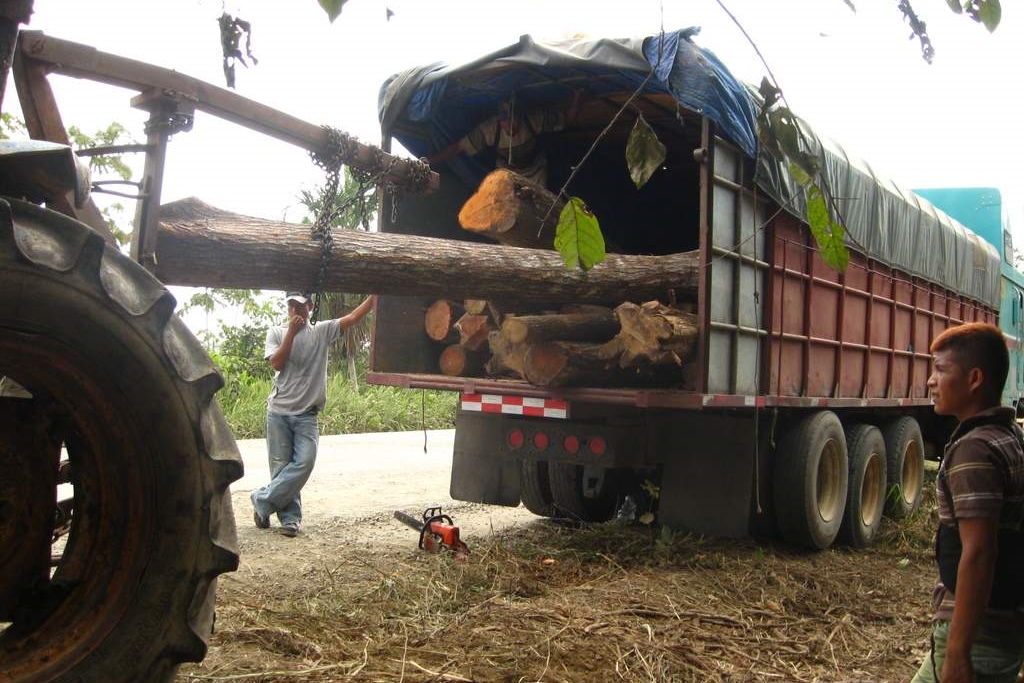3 ways to recognize a timber investment scam
/Loading logs from the Arimae Community Forestry project
There are a few things to watch out for when evaluating a direct timber investment.
Last week we read the news that Brazilian-based Global Forestry Investments was exposed for allegedly defrauding investors.
The signs of fraud are evident: the promise of a "guaranteed" payout of 10% annually, with potential returns moving towards 20% at the later end of the plantation life cycle.
This type of scam isn't new. We've seen other operations like Tropical American Tree Farms (TAFT) take investors for a ride, and in the process damage the reputation for all timber investments in Latin America.
While these timber investment companies are clearly in the wrong, investors also need to do their homework before investing. Here are a few things to look out for:
1. A high initial investment amount
This was the case Global Forestry Investments. A £5,000 investment (around $7,500) got you a tenth of a hectare, or 110 trees. That means a full hectare would cost you $75,000, which is 5x or more what it should cost--and you’re not even getting land as part of the deal. This suggests that there were a significant amount of “marketing” and other administrative expenses that were baked into the cost, making it nearly impossible to generate such a high return.
2. Timber pricing projections based on timber from primary forests
TAFT projected their teak values based on primary forest teak, fetching $2,000/m3. The latest ITTO report shows teak log prices from Costa Rica (where the investment was based) ranging between $414-840. Costa Rica’s Oficina Nacional Forestal also has domestic pricing information for a number of species; something our Panamanian forestry industry could really use.
3. Inflated projections for timber pricing growth
TAFT also projected annual timber price increases of 6%, based on a cherry picked time range. Wood markets fluctuate, so you need to understand what the long term trends are. It’s also worth investigating what kind of wood product the forestry company plans to sell (raw logs, blocks, sawn wood) and if they plan to sell it domestically or export.
If you note any of these in the investment you're looking at, be on guard. They probably won't achieve their targeted returns and, at the worst you might lose your shirt.
What's reasonable?
Returns of 5-10% from timber are a reasonable expectation (from a complete timber cycle), especially for new operations (scale is important), and when land is not included as part of the investment. Any investment promoter offering a higher IRR should have agriculture revenue supplementing the project, or have the ability to repackage early timber plantation and resell to a new investor, providing early investors liquidity.
There will always be scams, in the timber investment business and beyond. As we’ve said before, a good rule of thumb is that if an investment seems too good to be true, then it probably is.
We hope to bring attention of the issue and help those interested in this important space to do their due diligence. If you have any experience with timber investment scams, or any questions, comment below and we’ll reply.




